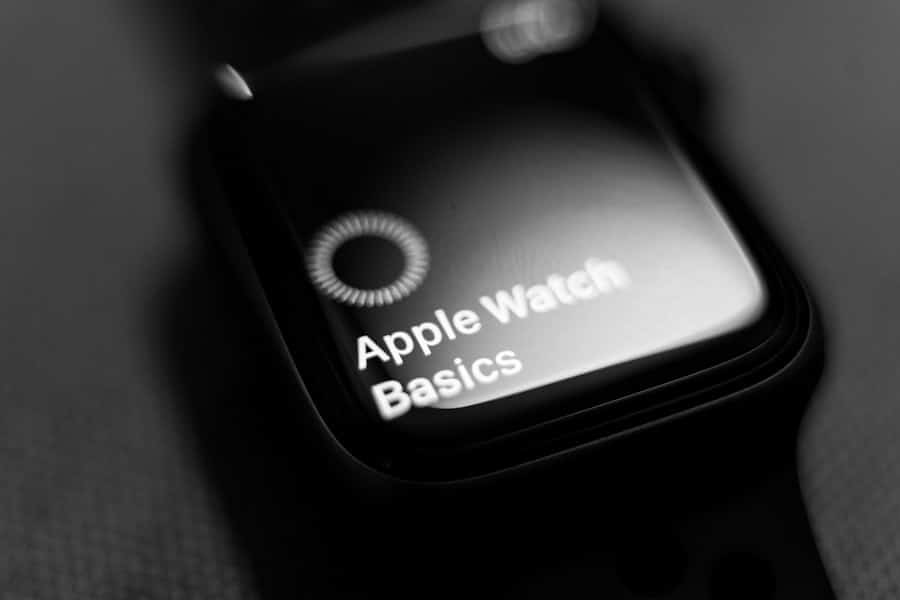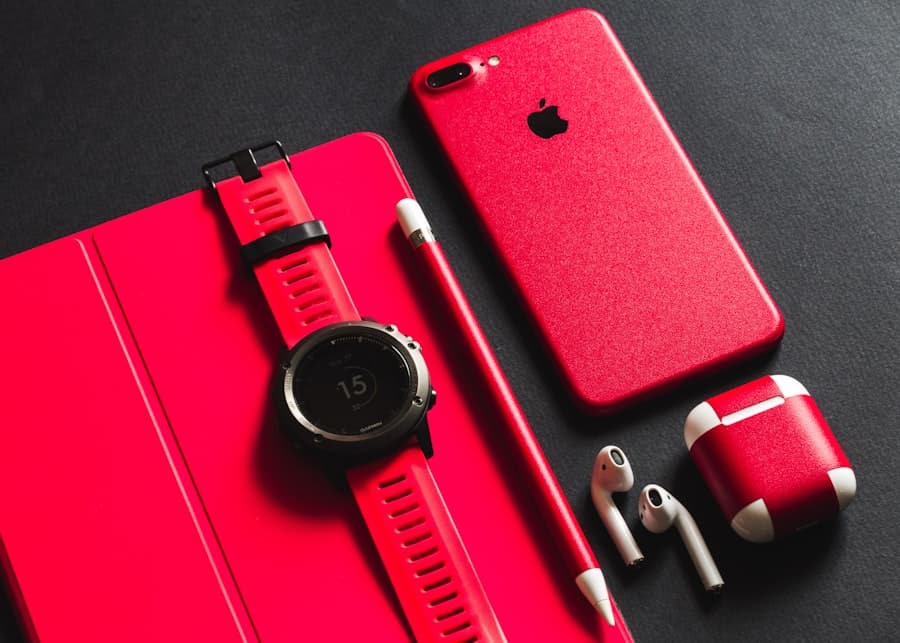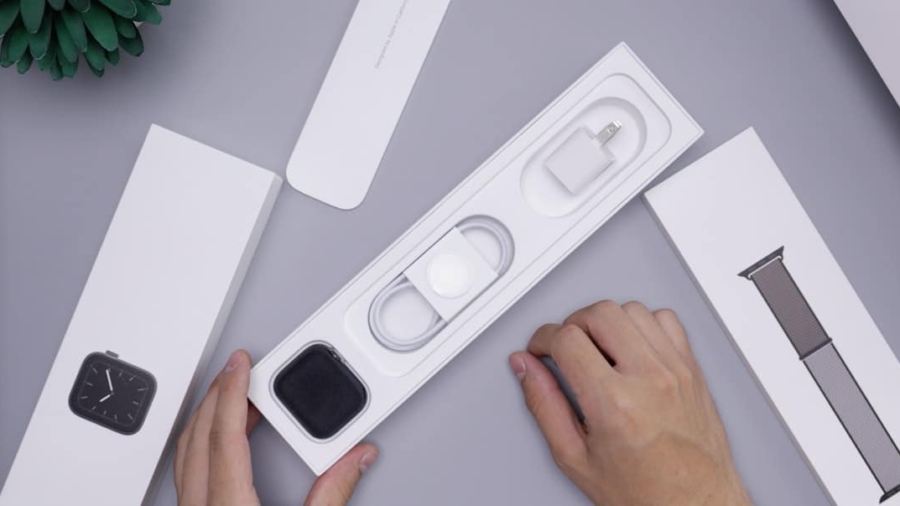In recent years, the proliferation of wearable technology has transformed how individuals monitor their health and wellness. Among the various applications of this technology, sun exposure tracking has emerged as a significant focus. As awareness of skin health and the dangers of UV radiation increases, consumers are seeking innovative solutions to help them manage their sun exposure effectively.
The rise of wearable tech for sun exposure tracking can be attributed to several factors, including advancements in sensor technology, increased public awareness of skin cancer risks, and a cultural shift towards preventive health measures. Devices such as smartwatches, fitness trackers, and specialized UV sensors are now equipped with sophisticated algorithms that can measure UV radiation levels and provide users with personalized recommendations.
This trend reflects a broader movement towards integrating technology into everyday health practices, allowing individuals to take proactive steps in safeguarding their skin from harmful UV rays.
Key Takeaways
- Wearable tech for sun exposure tracking is on the rise, offering a convenient way to monitor UV radiation and protect skin health.
- Understanding UV radiation and its impact on skin health is crucial for making informed decisions about sun protection.
- Wearable tech can help monitor sun exposure by tracking UV levels, providing real-time alerts, and offering personalized recommendations for sun protection.
- When choosing wearable tech for UV protection, look for features such as UV index tracking, skin type analysis, and compatibility with sunscreen application.
- The benefits of using wearable tech for sun protection include reducing the risk of sunburn, premature aging, and skin cancer, as well as promoting healthy sun habits.
Understanding UV Radiation and its Impact on Skin Health
Types of UV Radiation
UV radiation is divided into three types: UVA, UVB, and UVC. UVA rays penetrate the skin more deeply and are primarily responsible for premature aging and the formation of wrinkles. In contrast, UVB rays are associated with sunburn and play a significant role in the development of skin cancer.
The Impact of UV Radiation on Skin Health
The impact of UV radiation on skin health is profound. Prolonged exposure to UV rays can lead to various skin conditions, including sunburn, photoaging, and an increased risk of skin cancers such as melanoma, basal cell carcinoma, and squamous cell carcinoma.
The Importance of Sun Protection
According to the World Health Organization (WHO), skin cancer is one of the most common forms of cancer globally, with rising incidence rates in many countries. Understanding the different types of UV radiation and their effects on the skin is crucial for developing effective sun protection strategies.
How Wearable Tech Can Help Monitor Sun Exposure

Wearable technology has revolutionized the way individuals can monitor their sun exposure by providing real-time data on UV levels. These devices often utilize advanced sensors that detect UV radiation intensity and can alert users when they are at risk of overexposure. For instance, some wearables can sync with smartphone applications to provide personalized sun safety recommendations based on individual skin type, location, and time of day.
Moreover, wearable tech can track cumulative sun exposure over time, allowing users to understand their habits better and make informed decisions about sun protection. This feature is particularly beneficial for individuals who spend extended periods outdoors, such as athletes, outdoor workers, or those who enjoy recreational activities in the sun. By offering insights into daily UV exposure levels, these devices empower users to take proactive measures to protect their skin health.
Features to Look for in Wearable Tech for UV Protection
When selecting wearable technology for sun exposure tracking, several key features should be considered to ensure optimal performance and user experience. First and foremost, accuracy is paramount; devices should provide reliable UV index readings that reflect real-time environmental conditions. Look for wearables that utilize high-quality sensors capable of measuring both UVA and UVB radiation.
Another important feature is connectivity. Many modern wearables offer Bluetooth or Wi-Fi capabilities that allow them to sync with smartphones or other devices. This connectivity enables users to access detailed analytics about their sun exposure patterns and receive alerts when it’s time to reapply sunscreen or seek shade.
Additionally, some wearables come equipped with customizable settings that allow users to input their skin type and personal preferences for tailored recommendations. Battery life is also a critical consideration; a device that requires frequent charging may not be practical for everyday use. Opting for wearables with long-lasting batteries ensures that users can rely on their devices throughout the day without interruption.
Finally, consider the design and comfort of the wearable; it should be lightweight and stylish enough to encourage regular use.
The Benefits of Using Wearable Tech for Sun Protection
The benefits of using wearable technology for sun protection extend beyond mere convenience; they encompass a holistic approach to skin health management. One of the primary advantages is the ability to receive real-time feedback on UV exposure levels. This immediate information empowers users to make informed decisions about sun safety, such as when to apply sunscreen or seek shade, ultimately reducing the risk of sunburn and long-term skin damage.
Additionally, wearable tech fosters greater awareness of individual sun exposure habits. By tracking cumulative exposure over time, users can identify patterns in their behavior that may contribute to excessive sun exposure. This awareness can lead to behavioral changes that promote healthier habits, such as applying sunscreen more consistently or wearing protective clothing during peak sunlight hours.
Furthermore, many wearables offer educational resources about UV radiation and skin health, enhancing users’ understanding of the importance of sun protection.
Tips for Choosing the Right Wearable Tech for Sun Exposure Tracking

Selecting the right wearable technology for tracking sun exposure involves careful consideration of various factors tailored to individual needs and lifestyles. Start by assessing your specific requirements; for instance, if you spend significant time outdoors or engage in sports activities, a durable device with robust features may be essential. Look for wearables designed for active lifestyles that can withstand environmental elements such as water and dust.
Many wearables integrate seamlessly with smartphones or fitness apps, allowing users to consolidate their health data in one place. Ensure that the wearable you choose is compatible with your smartphone’s operating system and offers an intuitive app interface for easy navigation.
User reviews and expert recommendations can also provide valuable insights into the performance and reliability of different devices. Researching customer feedback can help identify potential issues or limitations associated with specific models. Finally, evaluate your budget; while some high-end wearables offer advanced features, there are also affordable options that provide essential functionalities without breaking the bank.
Integrating Wearable Tech into Your Sun Protection Routine
Incorporating wearable technology into your sun protection routine requires a strategic approach that maximizes its benefits while ensuring consistency in usage. Start by familiarizing yourself with your device’s features and settings; understanding how to interpret UV readings and alerts will enhance your ability to respond effectively to changing conditions. Establish a routine that includes regular checks of your wearable throughout the day, especially during outdoor activities or when spending extended periods in direct sunlight.
Set reminders on your device or smartphone app to prompt you to reapply sunscreen at recommended intervals or seek shade during peak UV hours. Additionally, consider combining your wearable tech with other sun protection measures for a comprehensive approach. This may include wearing protective clothing, sunglasses with UV protection, and wide-brimmed hats.
By integrating these practices into your daily life alongside your wearable device, you can create a robust sun safety strategy that prioritizes skin health.
The Future of Wearable Tech for Sun Exposure Tracking and UV Protection
The future of wearable technology for sun exposure tracking holds exciting possibilities as advancements in technology continue to evolve. Innovations in sensor accuracy and miniaturization may lead to even more compact devices capable of providing precise UV measurements in real-time. Furthermore, as artificial intelligence (AI) becomes increasingly integrated into wearable tech, personalized recommendations based on individual behavior patterns could become more sophisticated.
Future developments may also see enhanced connectivity features that allow wearables to communicate with other smart devices in real-time, creating a comprehensive ecosystem for health monitoring. For example, smart home systems could adjust indoor lighting based on outdoor UV levels detected by wearables, promoting a holistic approach to sun safety even when indoors. Moreover, as public awareness of skin health continues to grow, there may be an increase in partnerships between tech companies and dermatological organizations aimed at promoting safe sun practices through educational campaigns integrated into wearable devices.
This collaboration could further empower users with knowledge about UV protection while fostering a culture of proactive skin health management. In conclusion, the rise of wearable technology for sun exposure tracking represents a significant advancement in personal health management tools. By understanding UV radiation’s impact on skin health and leveraging innovative devices designed for monitoring exposure levels, individuals can take proactive steps toward protecting their skin from harmful effects while enjoying outdoor activities safely.
If you are interested in wearable technology, you may also want to check out this article on the best laptop for architects. Architects rely heavily on technology to design and create their projects, so having the right laptop is crucial. This article provides a comprehensive guide to help architects choose the best laptop for their needs.
FAQs
What is wearable tech for sun exposure tracking and UV protection?
Wearable tech for sun exposure tracking and UV protection refers to devices such as smartwatches, fitness trackers, and UV monitoring accessories that are designed to track sun exposure and provide alerts or recommendations for UV protection.
How does wearable tech for sun exposure tracking work?
Wearable tech for sun exposure tracking typically uses sensors to measure UV radiation levels and track the wearer’s sun exposure over time. Some devices also use GPS to factor in the wearer’s location and provide more accurate sun exposure data.
What are the benefits of using wearable tech for sun exposure tracking and UV protection?
The benefits of using wearable tech for sun exposure tracking and UV protection include increased awareness of sun exposure, personalized recommendations for UV protection, and the potential to reduce the risk of skin damage and skin cancer.
What features should I look for in wearable tech for sun exposure tracking and UV protection?
When choosing wearable tech for sun exposure tracking and UV protection, look for features such as UV radiation sensors, sun exposure tracking capabilities, GPS integration, personalized UV protection recommendations, and compatibility with smartphone apps for data analysis.
Are there any limitations to wearable tech for sun exposure tracking and UV protection?
Limitations of wearable tech for sun exposure tracking and UV protection may include accuracy of UV radiation measurements, reliance on battery power, and the need for regular calibration and maintenance to ensure accurate sun exposure tracking.

